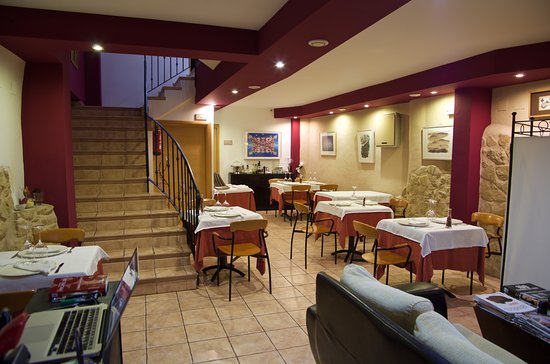Teruel
WELCOME TO Teruel
Province Overview
Teruel
14,810 km2
134,572
Spanish

Popular
Geography and Tourist Attractions
Information about the province's tourist attractions, including popular destinations, events, and activities.

The Maestrazgo
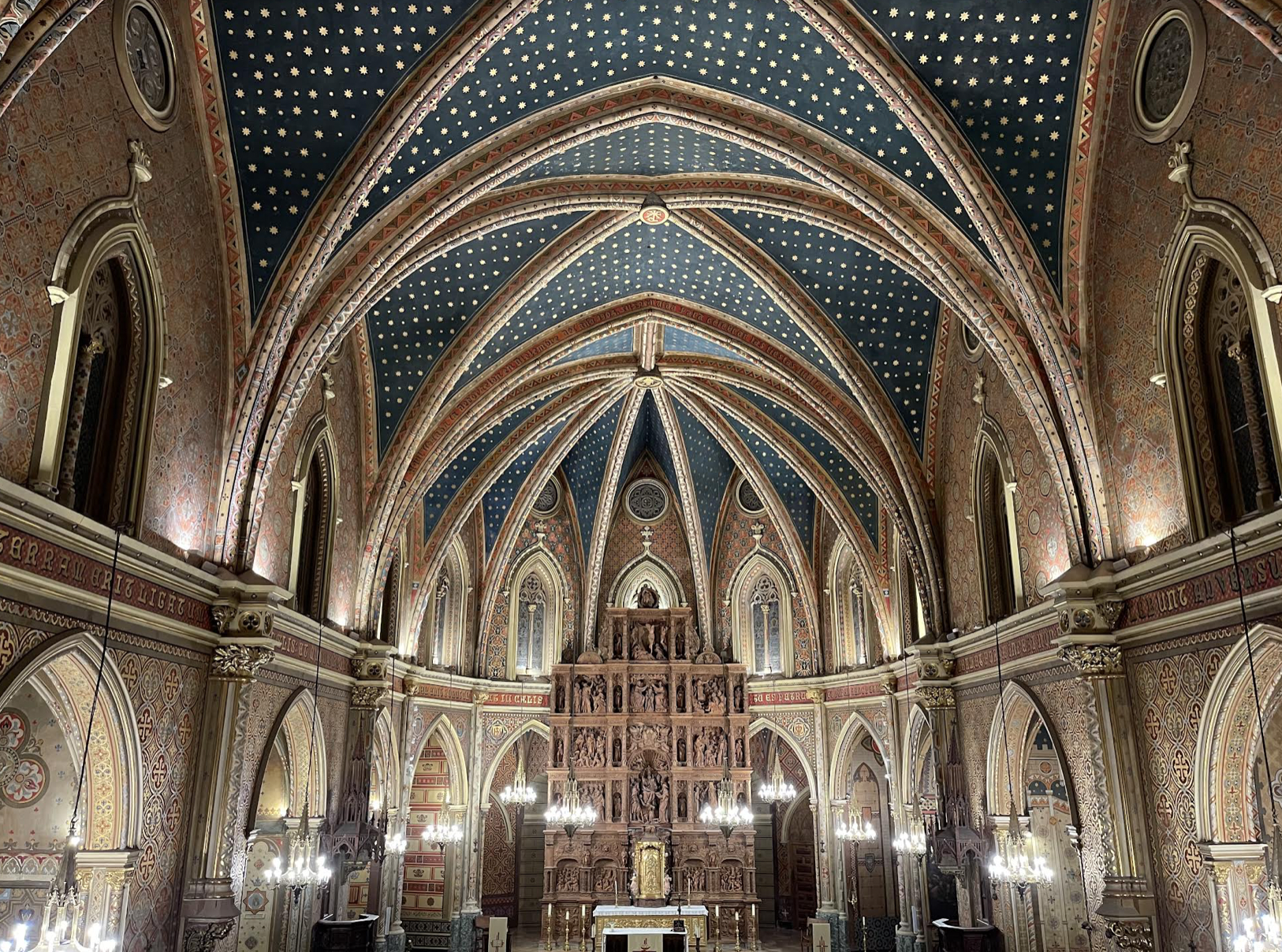
The Mudéjar Architecture of Teruel
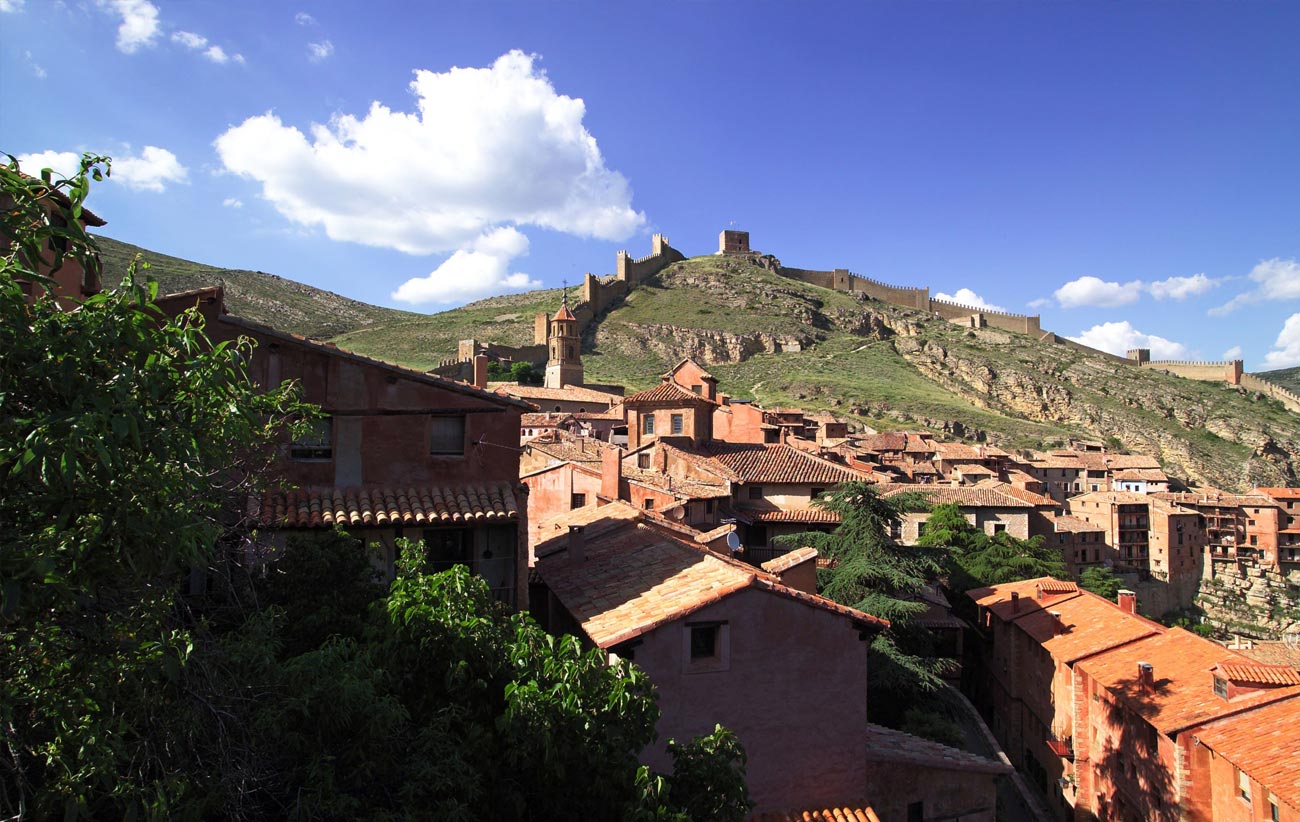
The Albarracín Cultural Park
Political
Economy and Government
The Teruel region of Spain has traditionally relied on agriculture, livestock farming, and mining as its main economic activities. However, in recent years, there has been a growing focus on tourism, renewable energy, and high-tech industries.
The government of the Teruel region is responsible for promoting economic development and supporting local businesses. It also works to attract new investment and create jobs in the region. The local government is structured into municipalities, with the city of Teruel serving as the regional capital.
The Teruel region is part of the larger Aragon region, which has a decentralized system of government. The region has its own parliament and government, which is responsible for managing public services such as education, healthcare, and transportation.
In terms of infrastructure, the Teruel region has a well-developed transportation network, including highways, railways, and airports. There are also several industrial parks and business incubators that support entrepreneurship and innovation in the region.
Overall, the government of the Teruel region is focused on promoting sustainable economic growth and improving the quality of life for its citizens, while preserving the region's unique cultural and natural heritage.
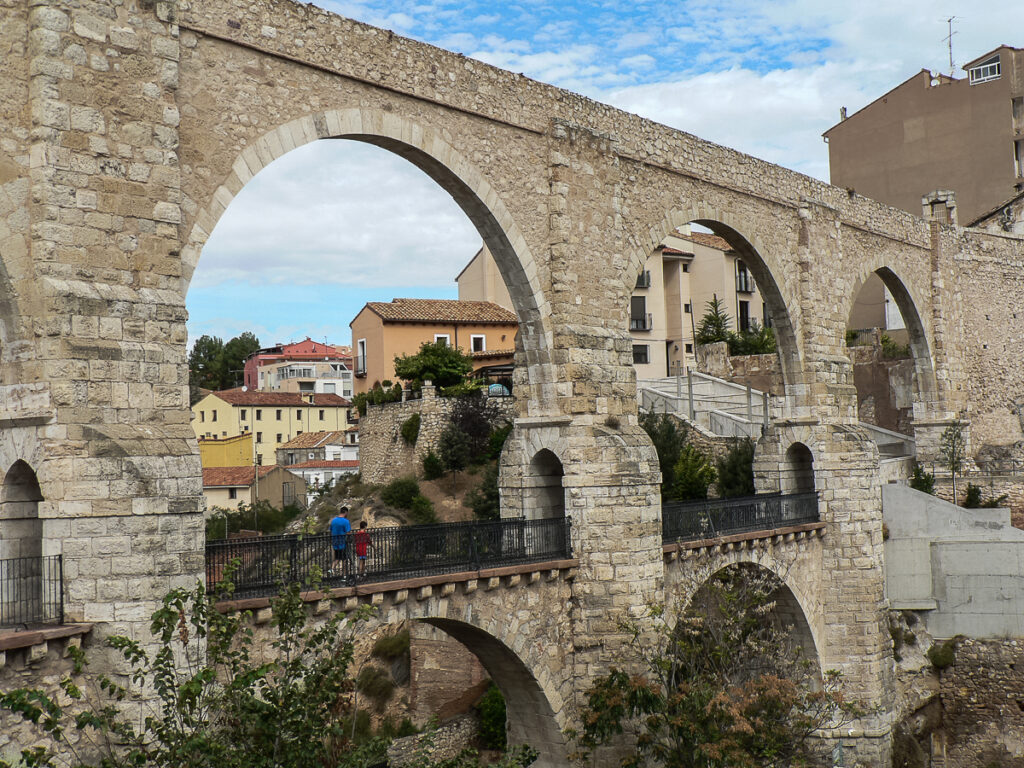
History
History and Culture
Teruel is a province located in the southern part of the Aragon region in Spain. The history and culture of Teruel can be traced back to prehistoric times. Evidence of the Iberian culture, such as rock paintings, have been found in the region. The Romans also had a significant presence in Teruel, as evidenced by the ruins of several Roman settlements.
In the Middle Ages, Teruel became an important center of Islamic culture and civilization, as it was ruled by the Taifa of Zaragoza. The province was later conquered by the Christian kingdoms during the Reconquista, which led to the development of Gothic architecture and art.
One of the most iconic landmarks of Teruel is the Mudéjar architecture, which is a blend of Islamic and Christian architectural styles. The Mudéjar architecture in Teruel is so unique and significant that it was declared a World Heritage Site by UNESCO in 1986.
In addition to its rich history and architecture, Teruel is also known for its cultural traditions, such as the Tamborada de Teruel, which is a drumming festival that takes place during Holy Week. Another popular tradition is the Dance of the Vaquillas, which is a bull-running festival that takes place during the summer.
Overall, the history and culture of Teruel are deeply rooted in its prehistoric, Islamic, and Christian past, which has left an indelible mark on the region's architecture, art, and traditions.
HOTELS
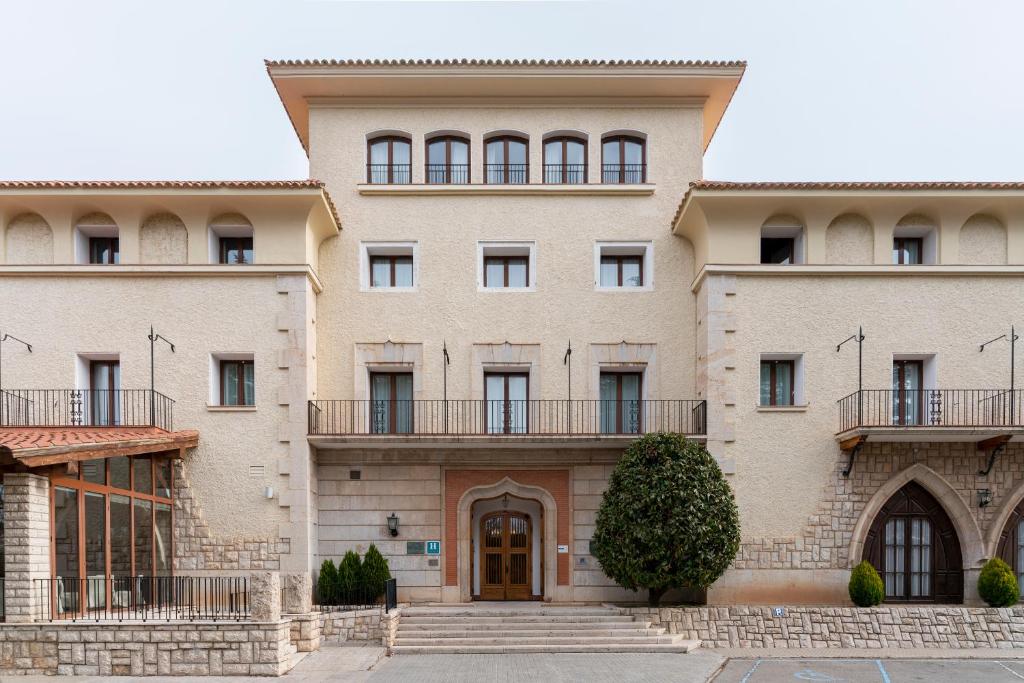
Parador de Teruel
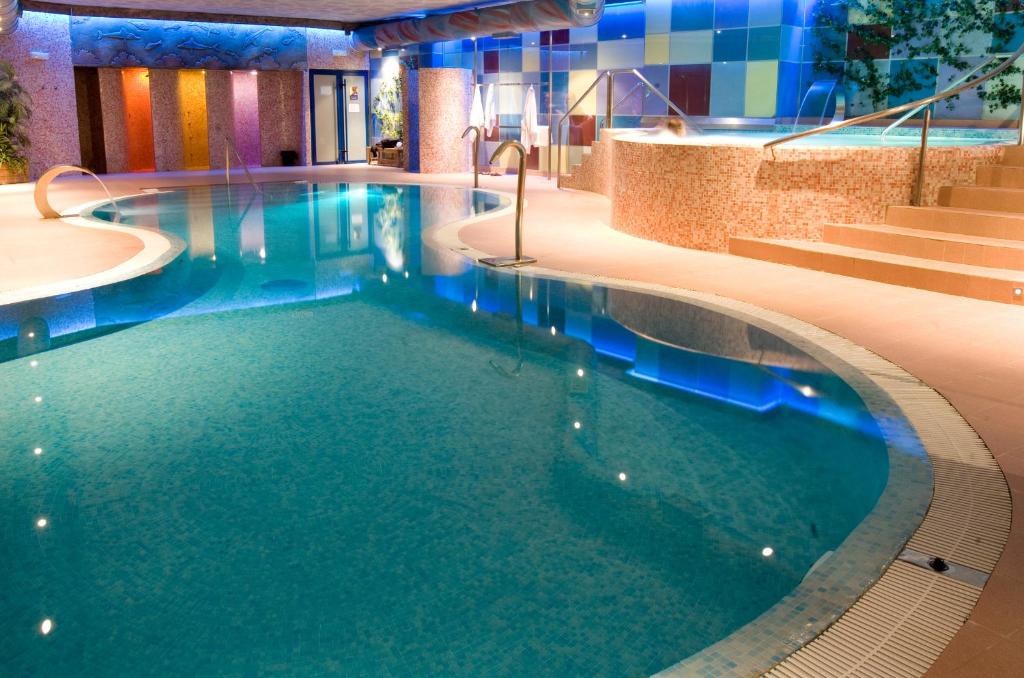
Hotel SPA Ciudad de Teruel
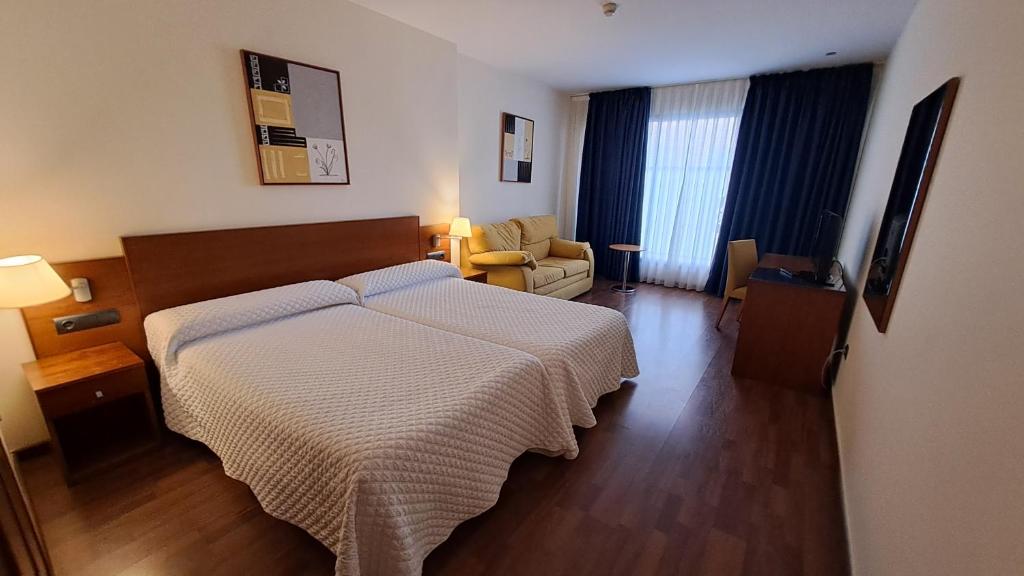
Hotel Suite Camarena
RESTAURANTS
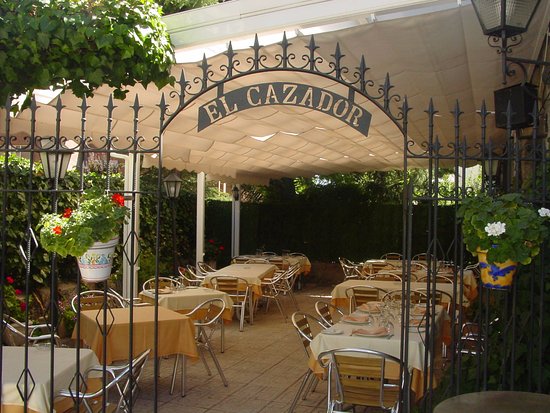
El Cazador
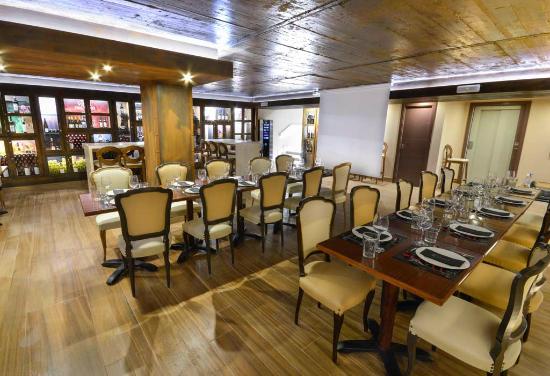
El Mercao
